Robert Lea is a science journalist in the U.K. whose articles have been published in Physics World, New Scientist, Astronomy Magazine, All About Space, Newsweek and ZME Science. He also writes about science communication for Elsevier and the European Journal of Physics. Rob holds a bachelor of science degree in physics and astronomy from the U.K.’s Open University. Follow him on Twitter @sciencef1rst.
Latest articles by Robert Lea
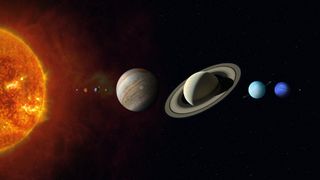
The solar system may be racing through space 3 times faster than expected. Is the standard model of cosmology wrong?
By Robert Lea published
The solar system is moving through space over three times as fast as estimated, calling into question our best model of the universe and its evolution.
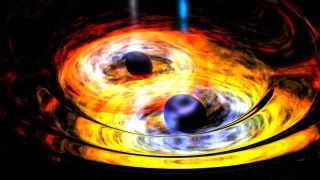
Scientists solve the mystery of 'impossible' merger of 'forbidden' black holes
By Robert Lea published
Scientists may have solved the mystery of an "impossible" merger between two black holes so massive and fast-spinning that they shouldn't even exist, according to current theory.
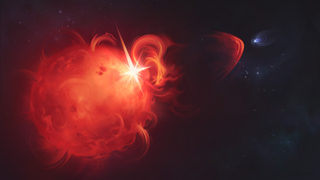
Astronomers spot 1st coronal mass ejection from an alien star — and that's bad news in the search for life
By Robert Lea published
"Astronomers have wanted to spot a coronal mass ejection on another star for decades. We’ve now managed to do this for the first time."
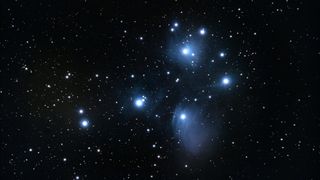
Astronomers discover the famous Pleiades star cluster could be 20 times bigger than we thought
By Robert Lea published
"This study changes how we see the Pleiades — not just seven bright stars, but thousands of long-lost siblings scattered across the whole sky."
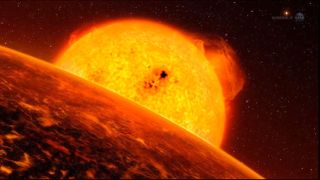
Aging stars destroy their planets more often than we thought: What does this mean for Earth?
By Robert Lea published
"We expected to see this effect, but we were still surprised by just how efficient these stars seem to be at engulfing their close planets."
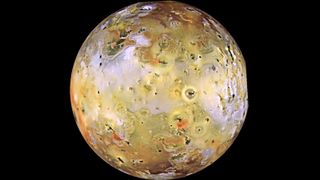
Jupiter's volcanic moon Io may be hundreds of times hotter than scientists thought
By Robert Lea published
NASA's Juno spacecraft has revealed that the solar system's most volcanic body is even hotter than scientists thought.

The expansion of our universe may be slowing down. What does that mean for dark energy?
By Robert Lea published
"If these results are confirmed, it would mark a major paradigm shift in cosmology since the discovery of dark energy 27 years ago."
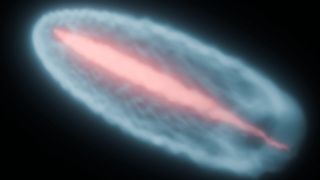
Scientists recreate 'cosmic fireballs' in CERN particle accelerator to hunt for missing gamma-rays
By Robert Lea published
"By reproducing relativistic plasma conditions in the lab, we can measure processes that shape the evolution of cosmic jets and better understand the origin of magnetic fields in intergalactic space."
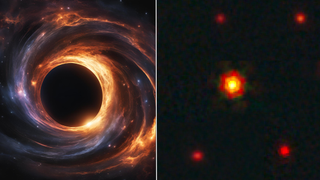
James Webb Space telescope spots 'big red dot' in the ancient universe: A ravenous supermassive black hole named 'BiRD'
By Robert Lea published
"The James Webb Space Telescope has opened a new frontier in extragalactic astrophysics, revealing objects we didn't even suspect existed, and we're only at the beginning of this adventure."
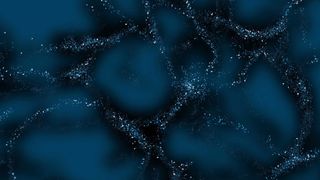
Dark matter obeys gravity after all — could that rule out a 5th fundamental force in the universe?
By Robert Lea published
"If such a fifth force exists, it cannot exceed 7% of the strength of gravity."
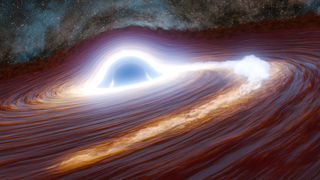
Scientists detect biggest black hole flare ever seen — with the power of 10 trillion suns
By Robert Lea published
Astronomers have detected the most distant and biggest black hole flare ever seen, the result of a black hole ripping apart and devouring a star 30 times as massive as the sun.
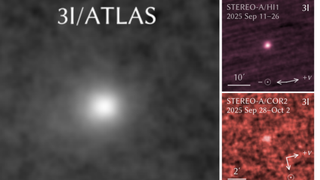
Interstellar invader Comet 3I/ATLAS is still full of surprises — an unexpected brightening has scientists baffled
By Robert Lea published
"The reason for 3I’s rapid brightening, which far exceeds the brightening rate of most Oort cloud comets at similar distances, remains unclear."
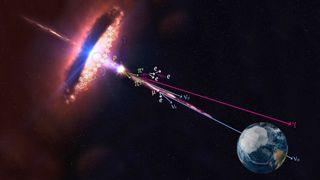
'Ghost particles' can zoom through you without a trace. Scientists are getting to the bottom of this cosmic mystery
By Robert Lea published
Scientists are searching for answers in the cosmic mystery of ghost particles known as neutrinos.
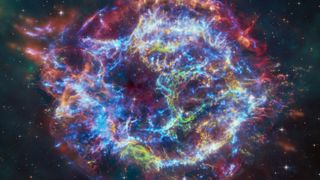
'Anti-social' cosmic explosion could change the way we think about dying stars and supernovas
By Robert Lea published
"Our scenario describes all the evolutionary phases of the supernova with great precision."
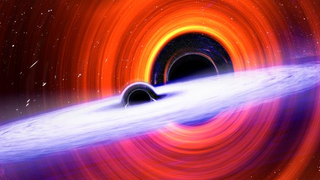
Scientists hear 2 newborn black holes 'crying' through ripples in spacetime — and one had a birth unlike anything seen before
By Robert Lea published
Gravitational wave detectors on Earth have heard the "cry" of two newborn black holes with some unusual and remarkable properties.

Scientists discover 3 Earth-size exoplanets that may have double sunsets — like Tatooine in Star Wars
By Robert Lea published
Using NASA's TESS exoplanet hunter, astronomers have discovered a strange arrangement of exoplanets around tight binary stars that shouldn't be.
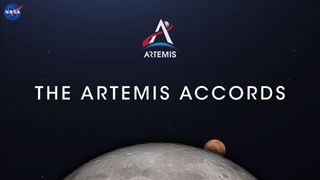
Artemis Accords: What are they & which countries are involved?
By Robert Lea last updated
Reference As the Artemis program aims to return humanity to the moon and beyond, the Artemis Accords lay out a framework for nations collaborating in this effort.
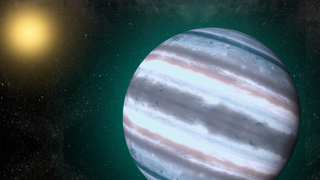
Where are all the 'hot Neptune' exoplanets? Orbital chaos may have booted them out
By Robert Lea published
A new program has discovered chaos in a nearby planetary system, which could explain the existence of a phenomenon astronomers call the hot-Neptunian desert.

'It was the realization of a dream that we had chased for decades.' Powerful cosmic winds around neutron star reveal secrets of monster black holes
By Robert Lea published
Mysteriously powerful cosmic winds around neutron star may be 'game-changer' for understanding monster black holes
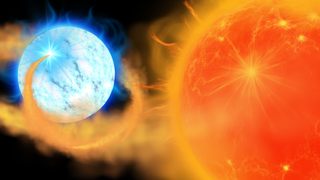
Doomed 'cannibal' star could soon explode in a supernova so bright it would be visible during the day
By Robert Lea published
"The speed at which this doomed stellar system is lurching wildly, likely due to the extreme brightness, is a frantic sign of its imminent, violent end."

Forget supercomputers — scientists say a laptop could map the universe in minutes
By Robert Lea published
A new emulator is tackling the near-impossible task of mapping the universe's large-scale structure without sacrificing intricate details.

'Totally unexpected': Stunning new imagery shows big changes in the 1st black hole ever captured by humanity (photo, video)
By Robert Lea published
Newly released images of the supermassive black hole at the heart of the galaxy M87 show that the plasma that swirls around it has unexpectedly reversed directions.

Are 'little red dots' seen by the James Webb Space Telescope actually elusive 'black hole stars'?
By Robert Lea published
The mystery of the James Webb Space Telescope's "little red dots" could be solved if they are not ancient galaxies but are entirely new celestial objects called "black hole stars."

LIGO Legacy: 10 incredible gravitational wave breakthroughs to celebrate observatory's landmark 2015 find
By Robert Lea published
The first-ever detection of gravitational waves was made 10 years ago today (Sept. 14). In celebration, Space.com takes you through the most significant gravitational wave discoveries to date.
Breaking space news, the latest updates on rocket launches, skywatching events and more!


